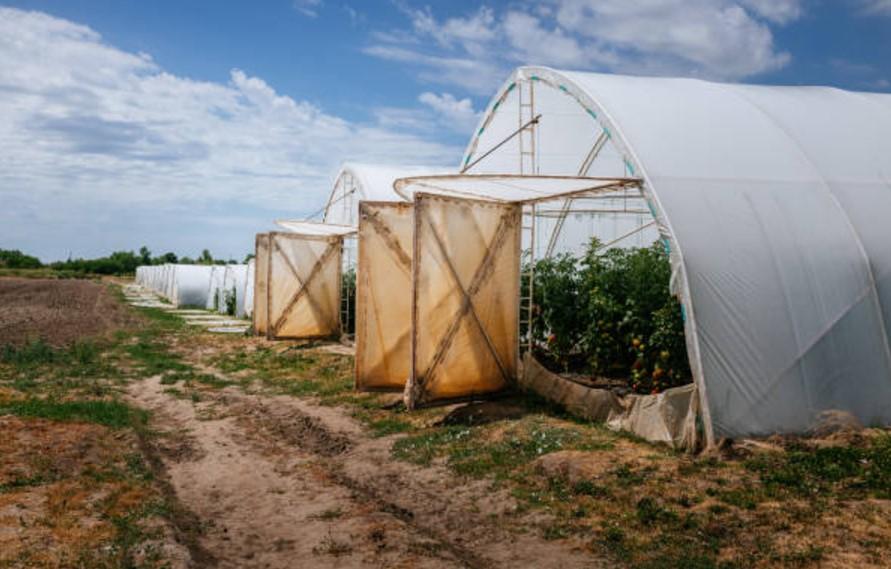Dome shelters are assorted structures that can be erected for any form of agricultural use. The shelters provide inexpensive, long-term solutions for seasonal storage, housing of livestock, and protection of equipment. As they are portable, the farmers can effectively make use of them wherever an urgent requirement arises, thus minimizing any logistical hindrances. Dome shelters are weather-proof, and resist the sun, rain, or wind. They come in various dimensions and configurations. Hence, they can be utilized in smaller and larger farms. They retain simplicity in assembly as well as movement. Therefore, shrinkages during seasonal changes are reduced. Dome shelters are long-term investments since they offer steady support towards agricultural output as well as operational efficiencies.
How to Choose the Right Dome Shelter for Australian Weather Conditions
For diverse climates in Australia, durability, material quality, and design have to be the criteria of choosing the right dome shelter Australia. Choose UV-resistant materials to perform well over time in direct sunlight. The frame of the shelter should resist corrosion in regions of salt-laden air for shelters to be used for areas where solid rain or storms are common. Shelters with reinforced frames and waterproof coatings shall be suggested in such cases. Use of ventilation features for managing interior temperatures under extreme heat conditions. Modular designs make it easy to alter any condition if there is a specific challenge identified in the area. Usage of local suppliers provides assurance of achieving any specific needs presented by Australia’s climatic conditions and gives expert opinion on the specific challenges that might arise.
Ensuring Comfort and Protection in Isolated Locations
Dome shelters are important for isolated work areas where there is negligible infrastructural support for living and working. These structures are easy to be erected, requiring minimal equipment and personnel, thus ideal for challenging terrain. Workers benefit from well-ventilated rooms, which reduce the impact of heat stress in challenging regions while having some cover from rapid weather changes. Their modular design makes it easy to add additional options such as lighting, shelving and partitions for several applications. Dome shelter Australia is transportable, thus they can be moved when the jobsite condition changes to maximize on productivity. Dome shelters are significantly cheaper than conventional construction, hence saving money on temporary setups. They meet extreme safety standards for certain conditions, ensuring that they will withstand the forces of the wind.
Future Trends in Dome Shelter Technology for Industrial Use in Australia
Dome shelter Australia technology is rapidly changing with industrial needs and environmental factors. One of the latest trends is the use of sustainable resources such as recycled steel and eco-friendly fabrics. These materials reduce carbon footprints, and the shelters can perfectly work towards global environmental goals. Modularity is another break through that will shape the future of domes in shelters. New designs pave the way for easy expansion or customization, adapting to quite a vast and varied industrial need. Businesses can now have added specialized sections for storage, workshops, or habitation without having to rebuild it. Advanced coatings and treatments enhance durability too.
Huts now come with corrosion-resistant frames and UV-protected covers to face Australia’s harsh weather conditions. These innovations increase the lifespan of structures while decreasing long-term maintenance costs. Insulation, solar panels and energy-efficient lighting are some of the attributes used in huts to make it more energy efficient. These innovations decrease operating energy consumption, especially at isolated industrial locations. Smarter shelters are the future, due to technological integration. There are highly advanced sensors that could track the conditions of the structures, internal temperatures, as well as weather, in real-time. Thus, safety can improve and efficiency can also be gained.

